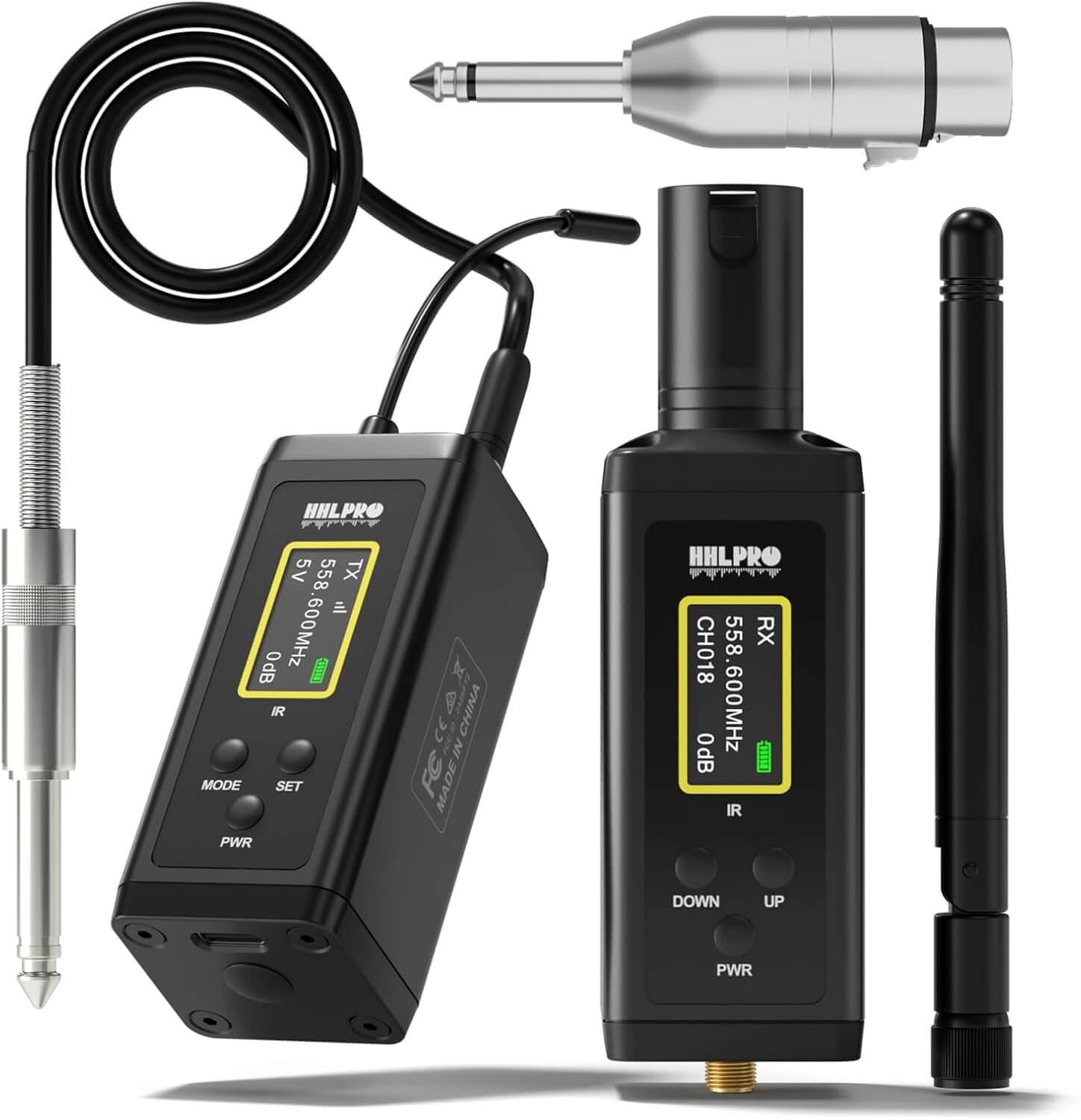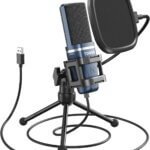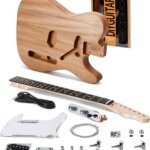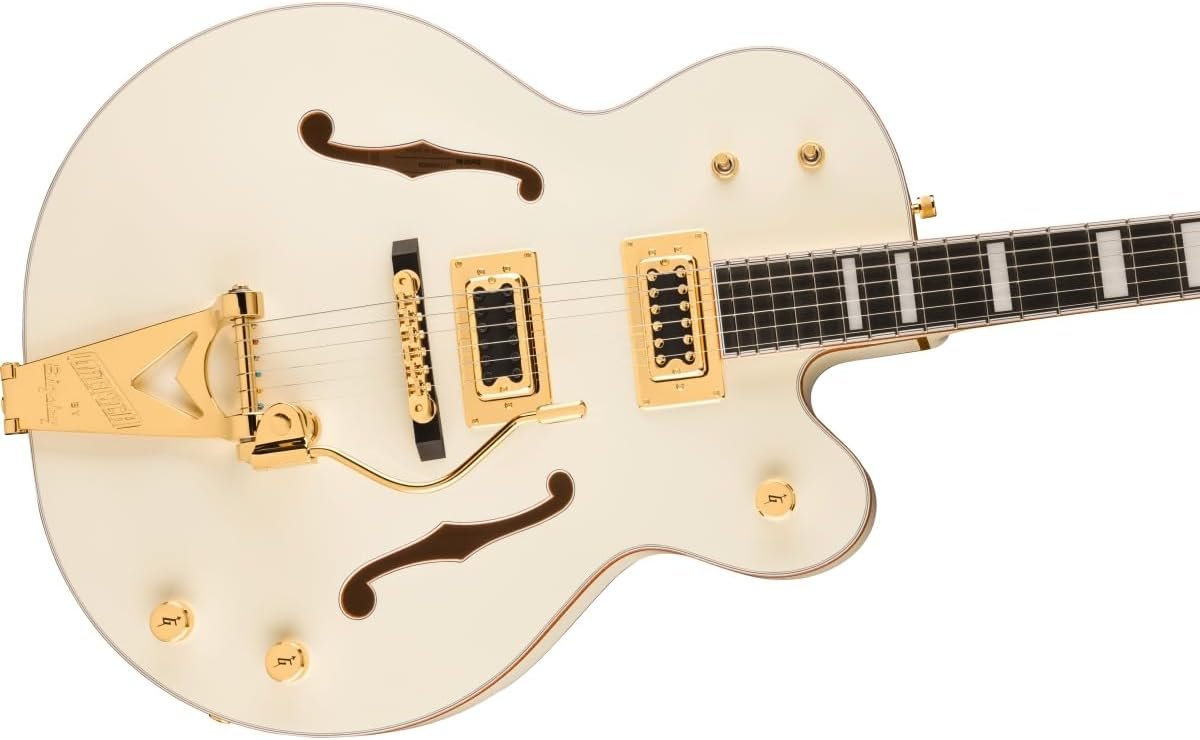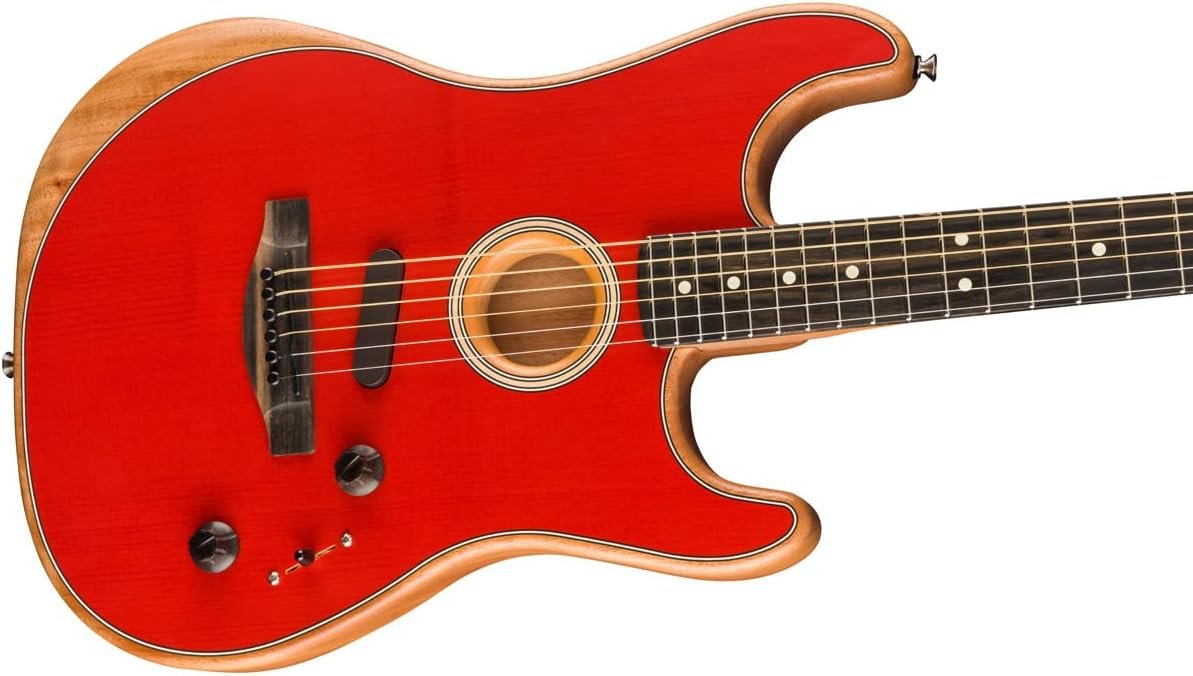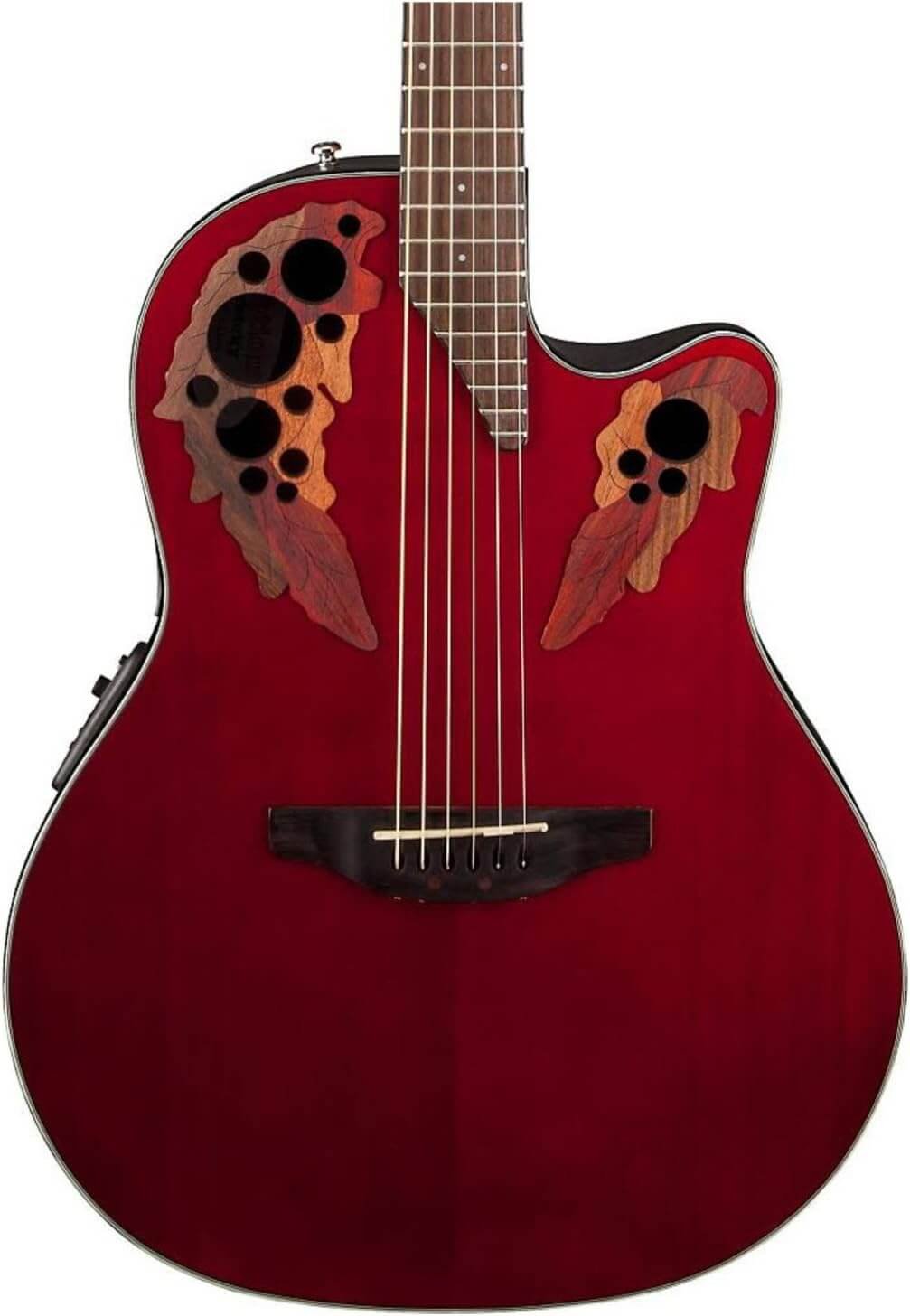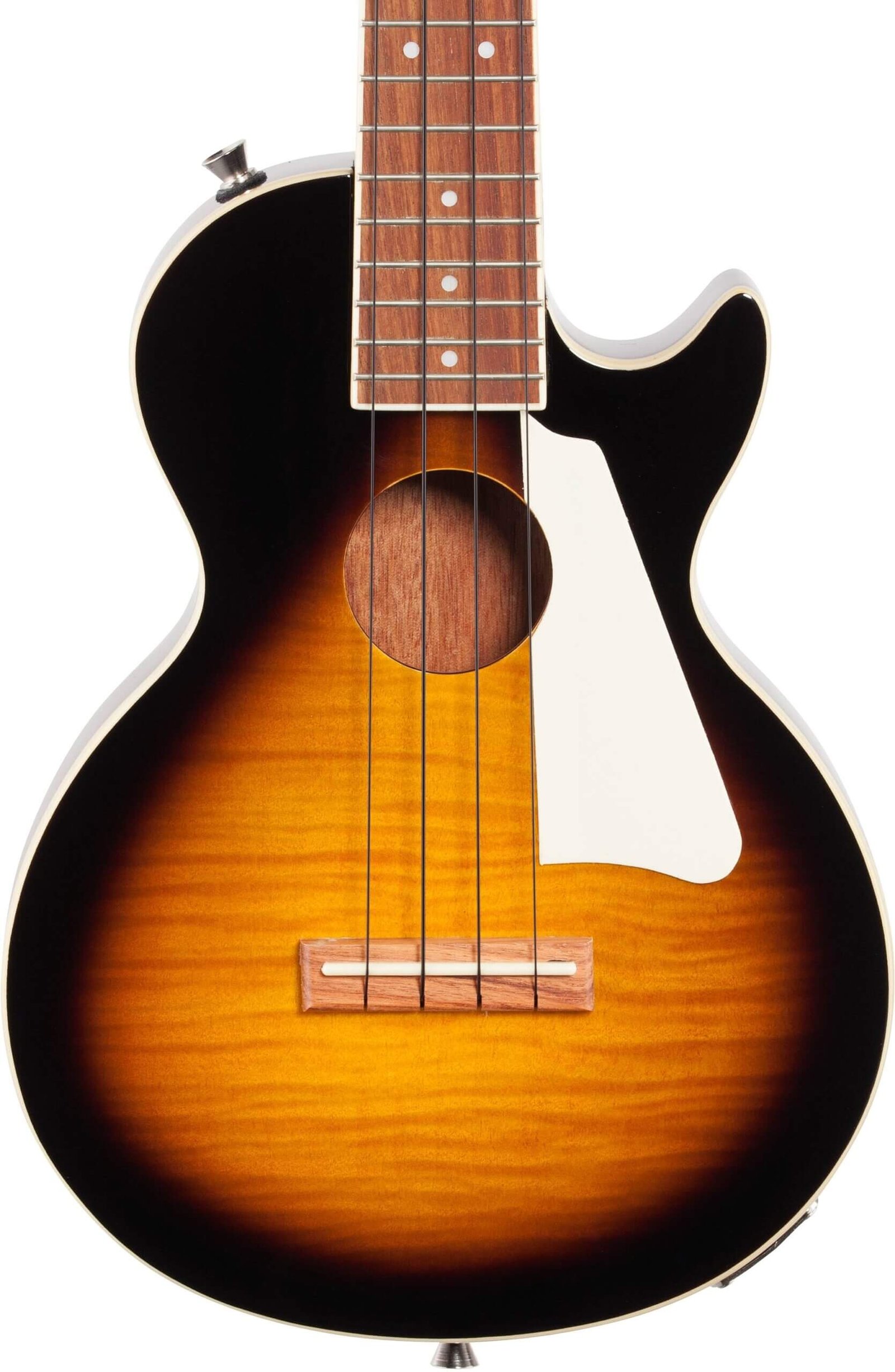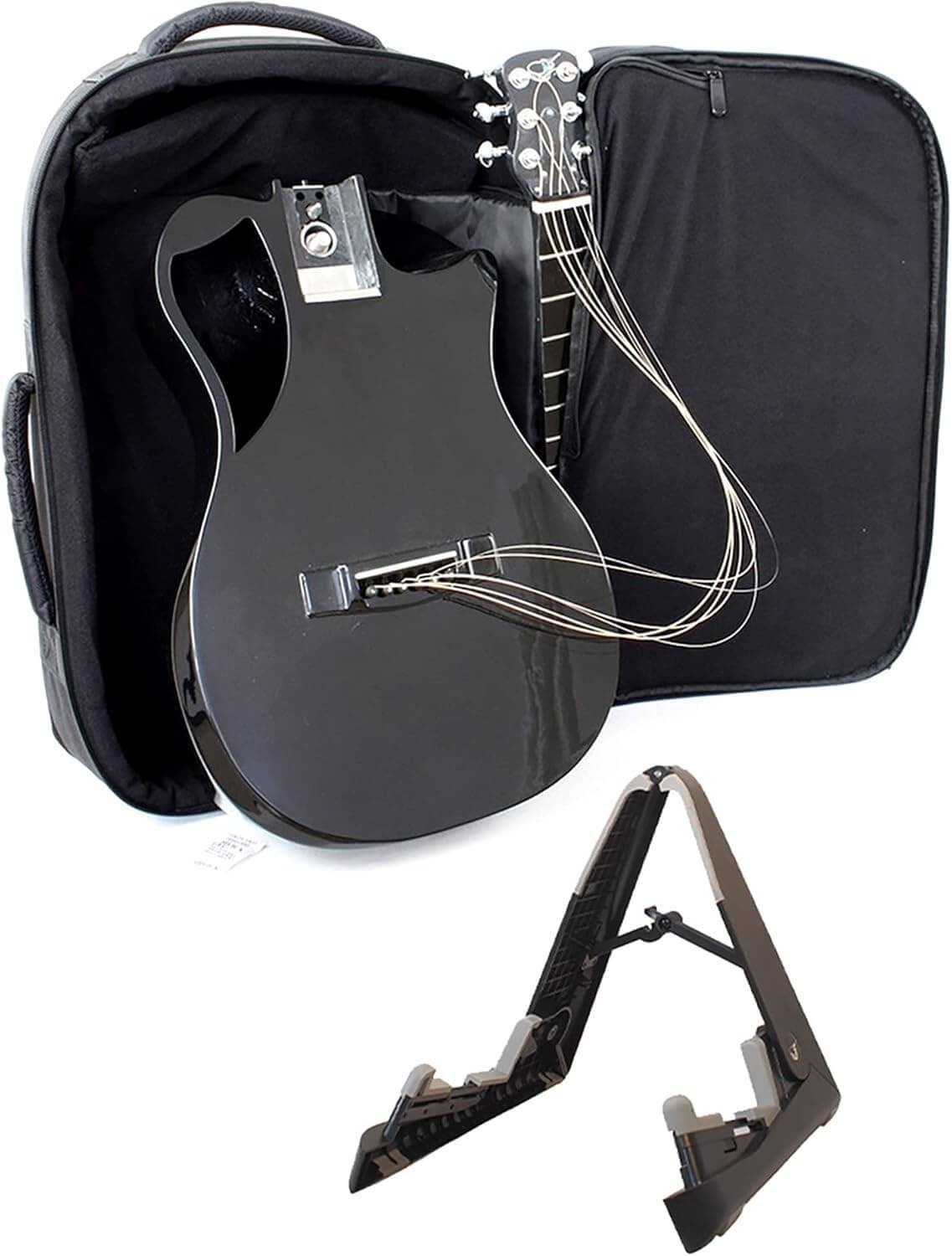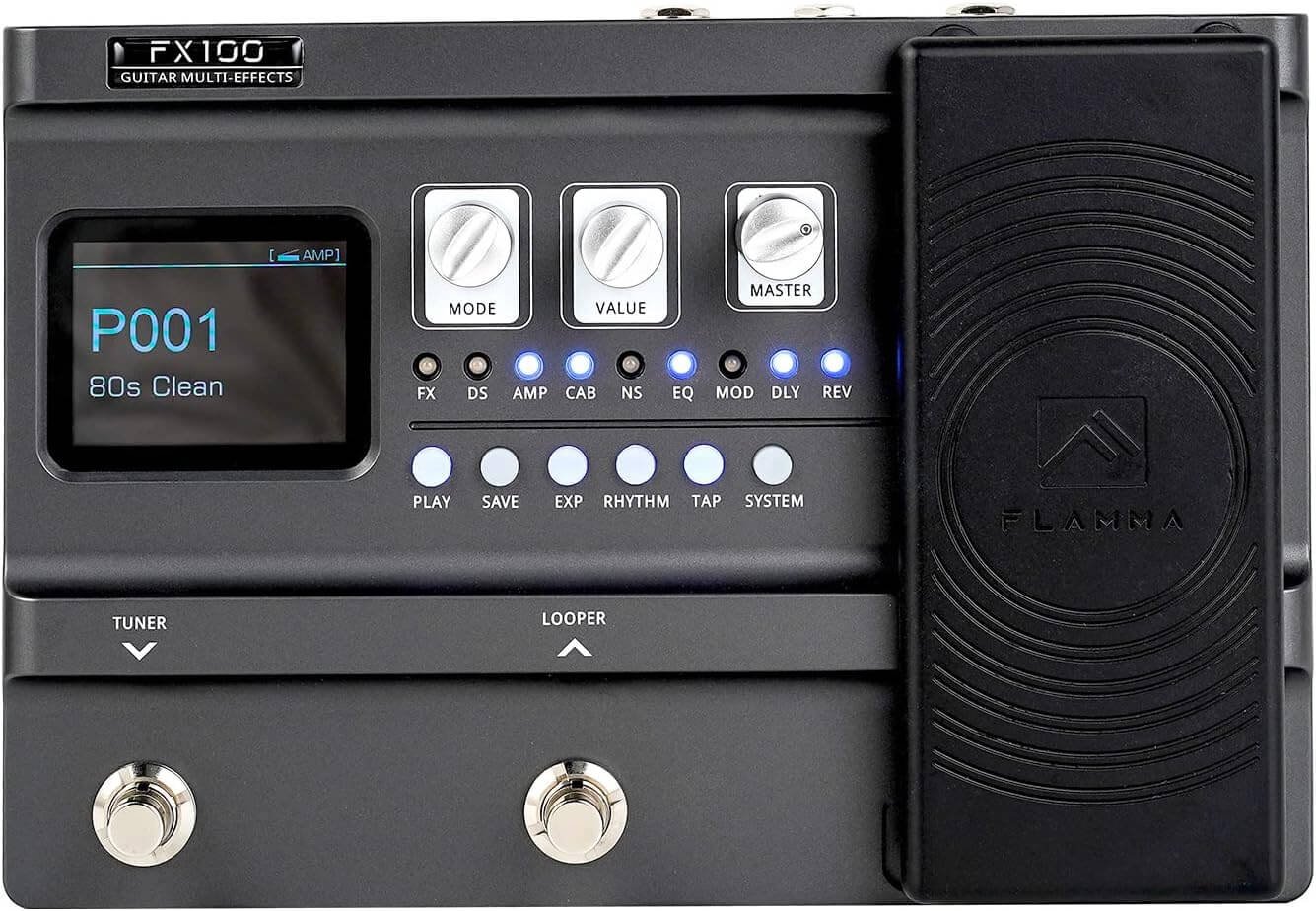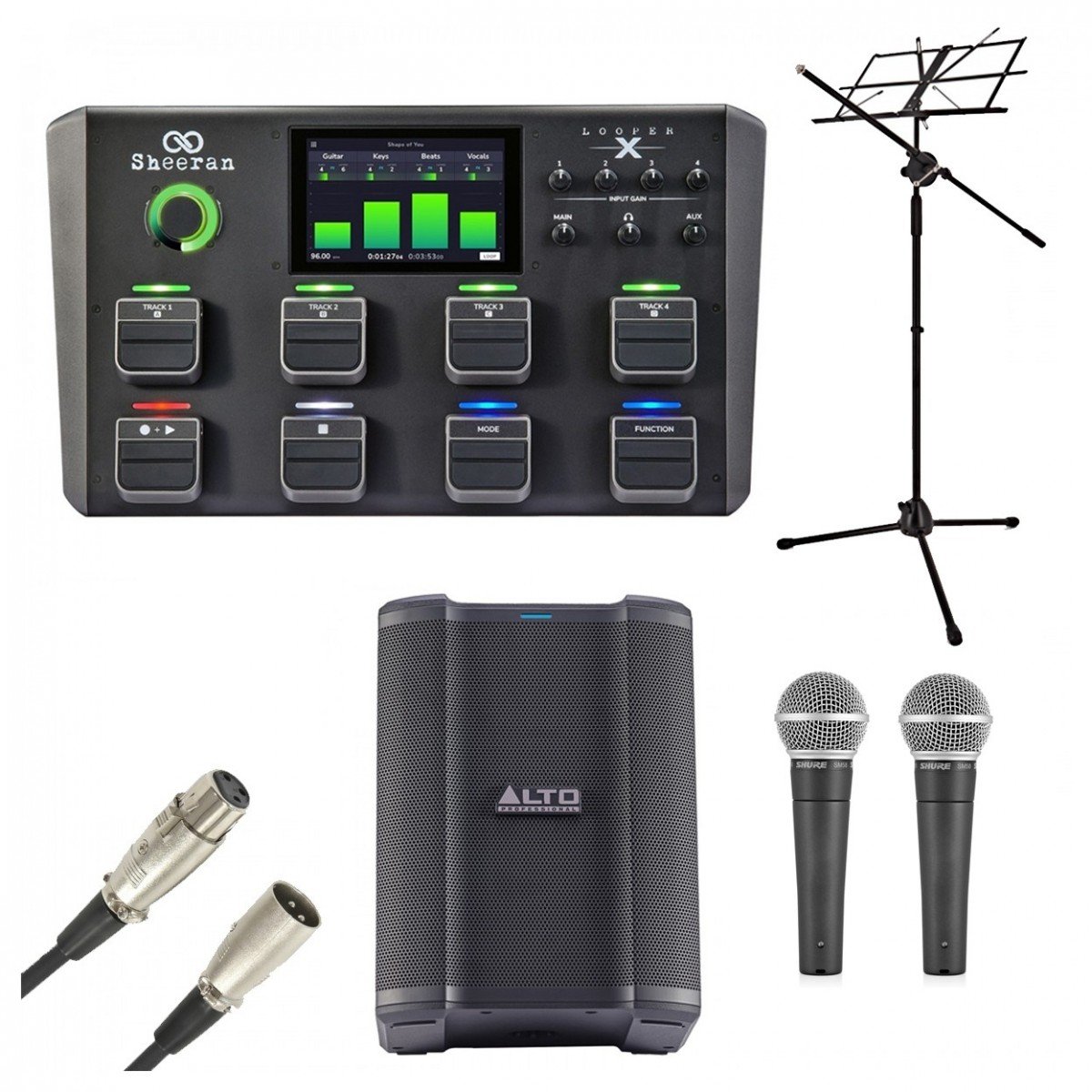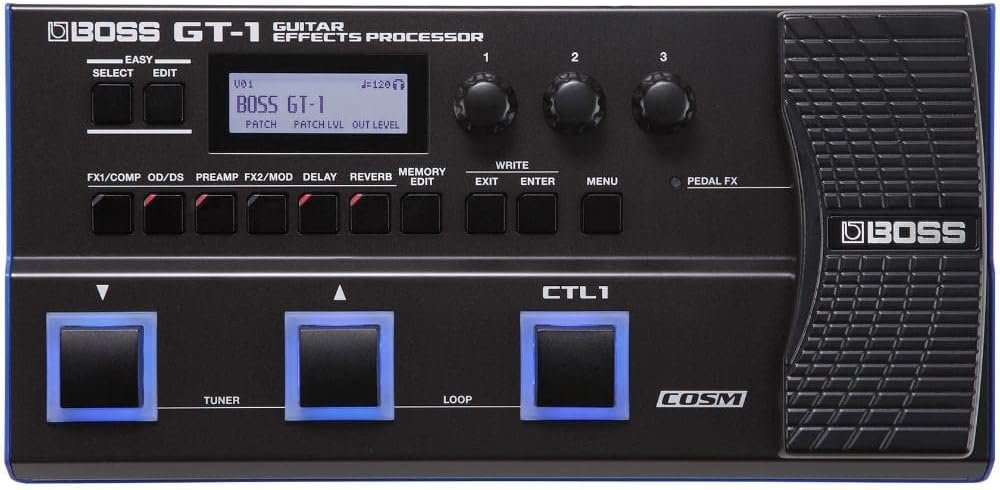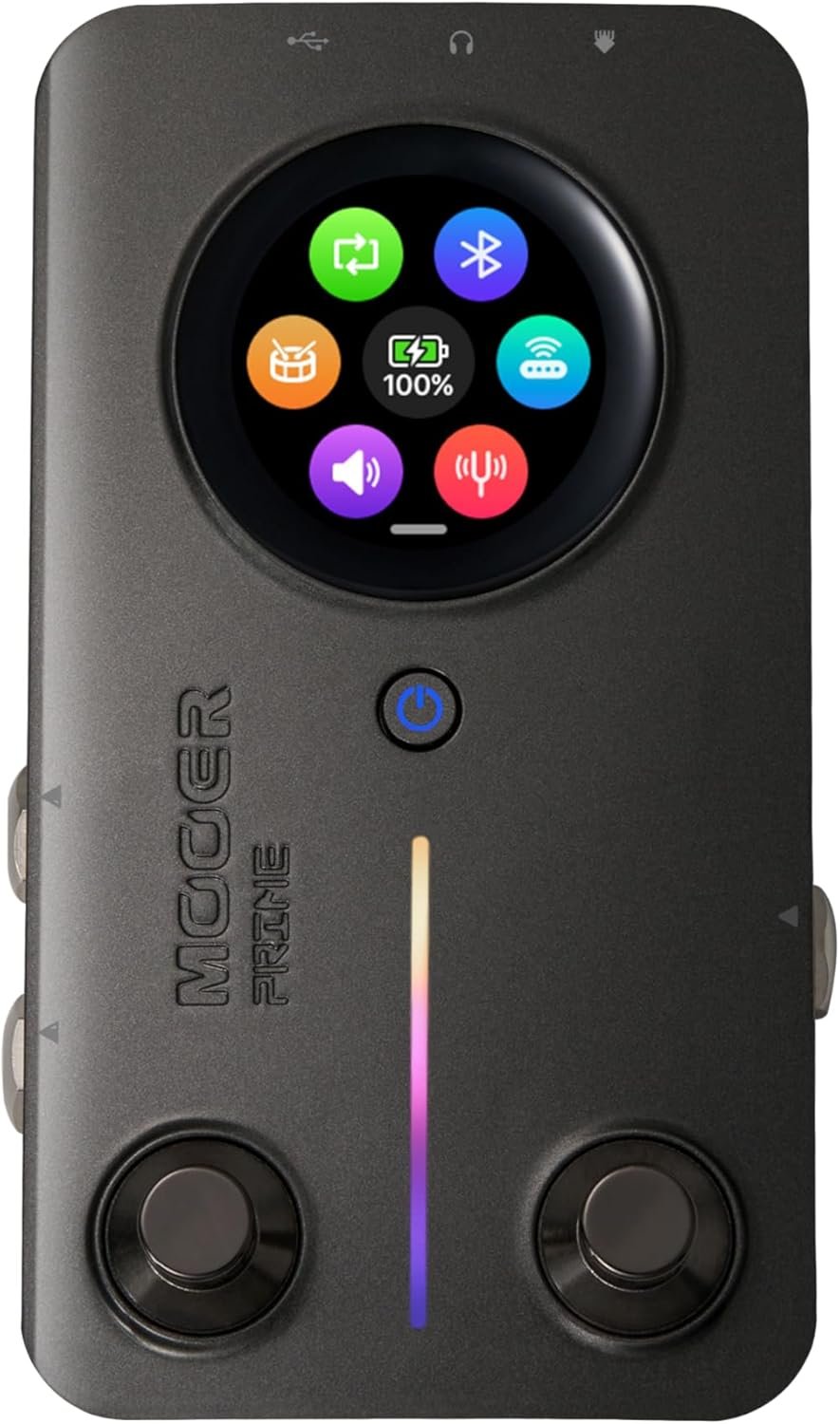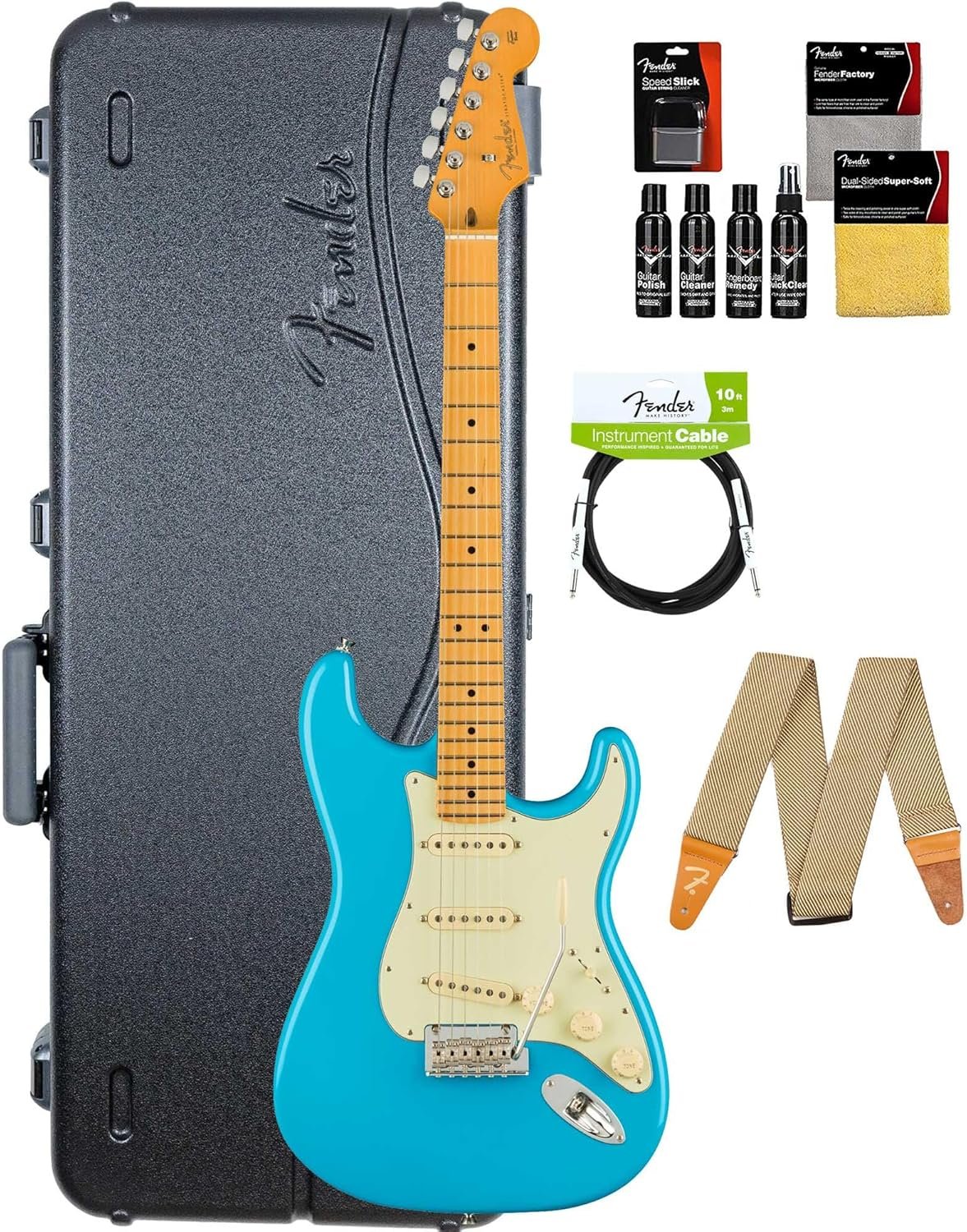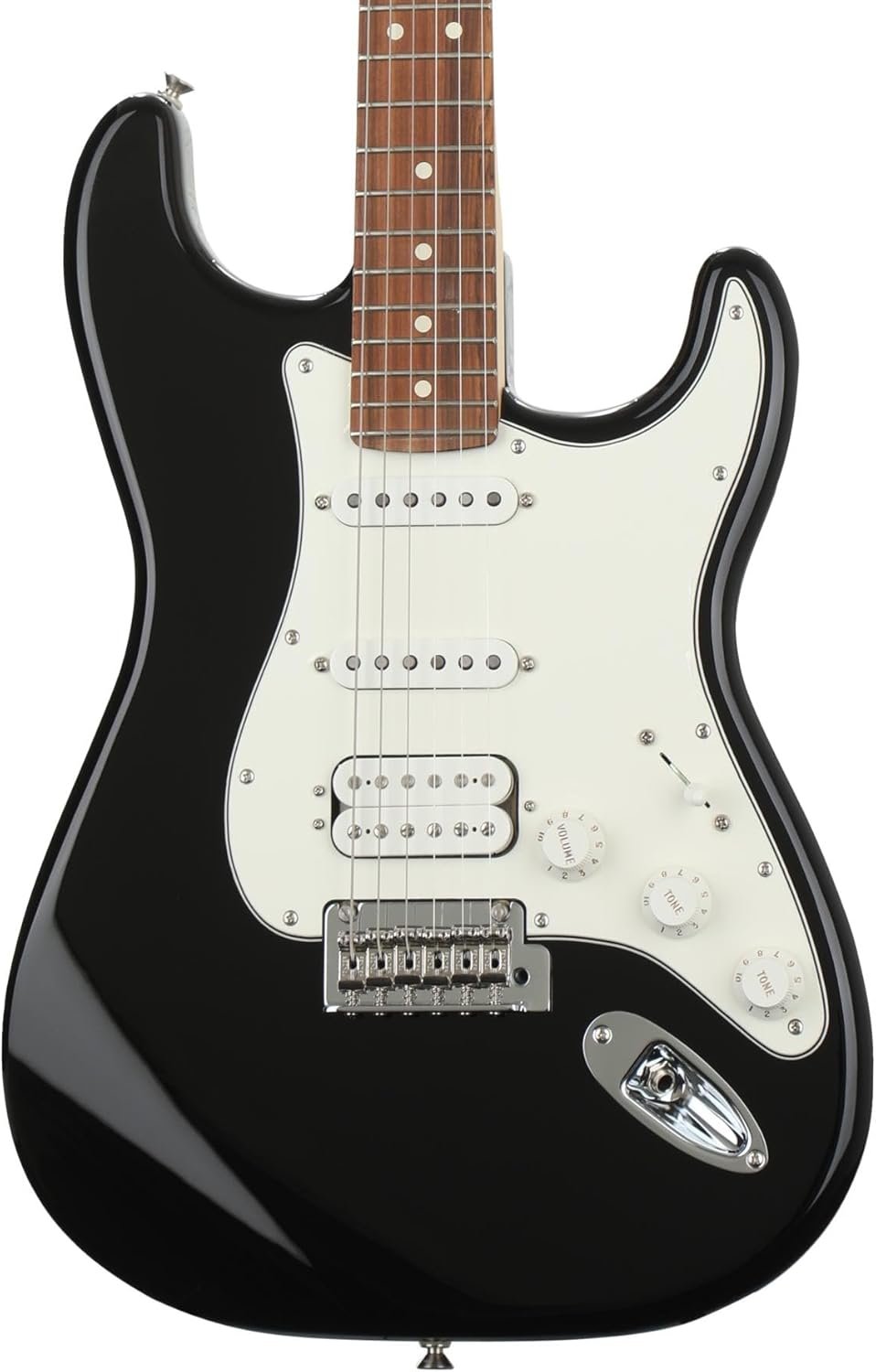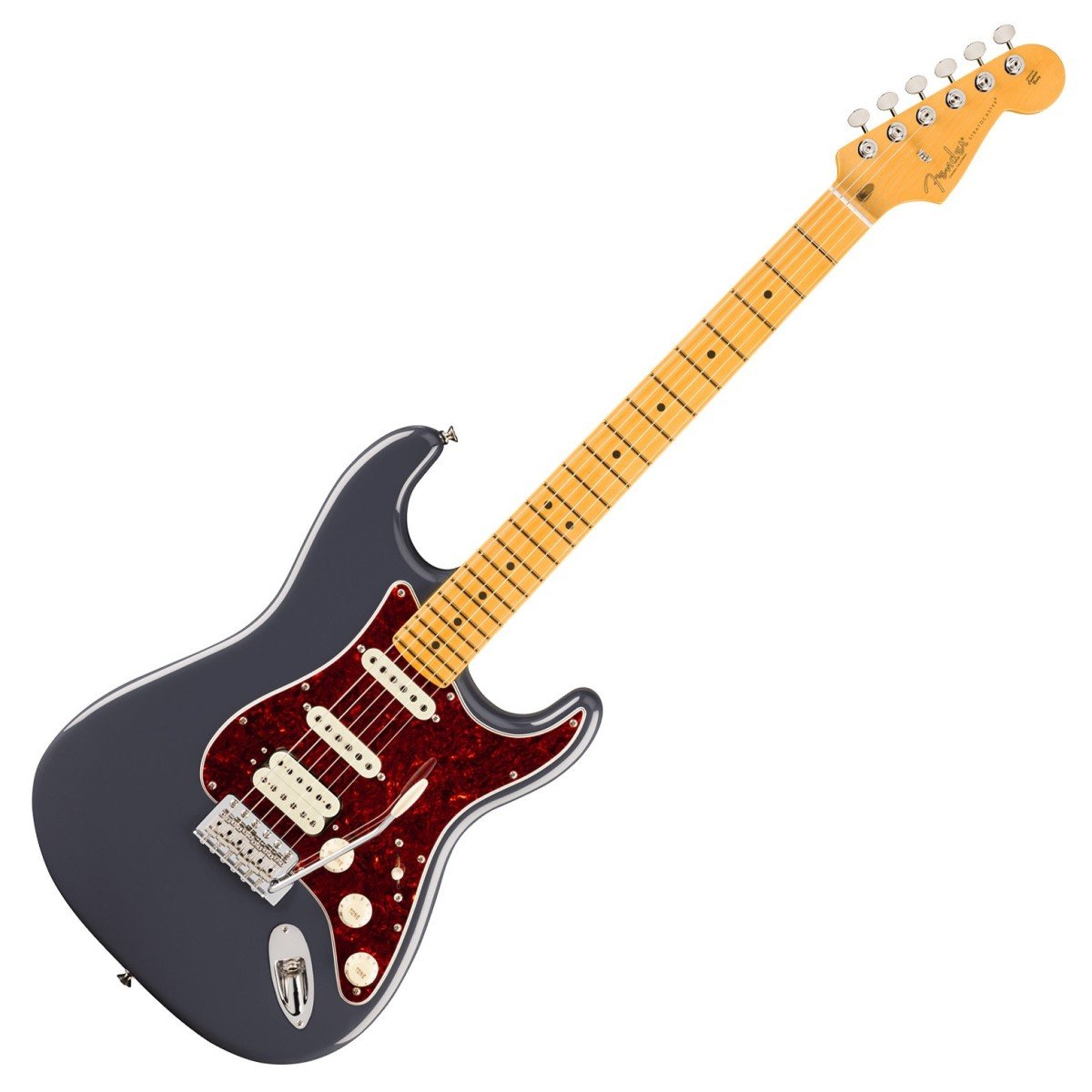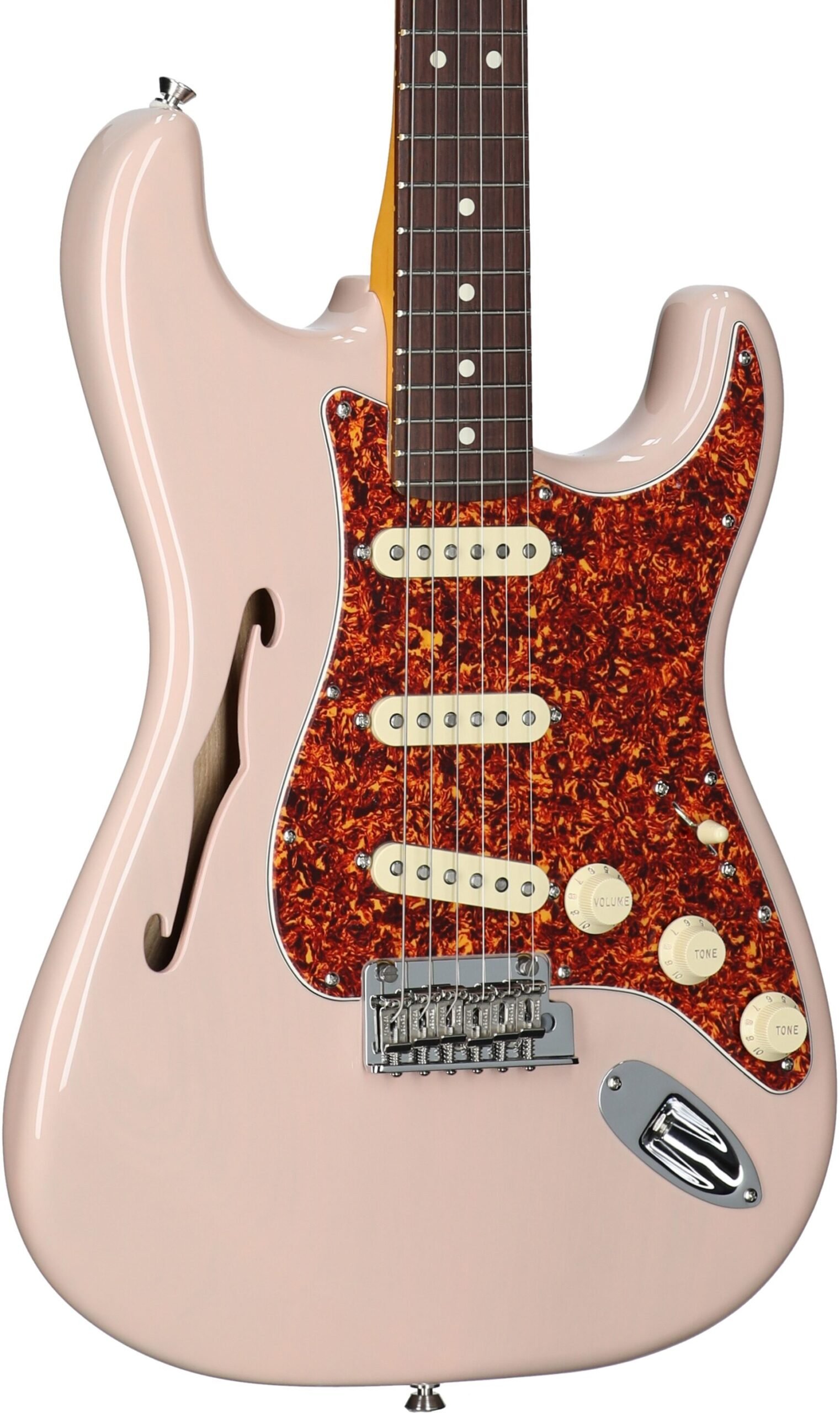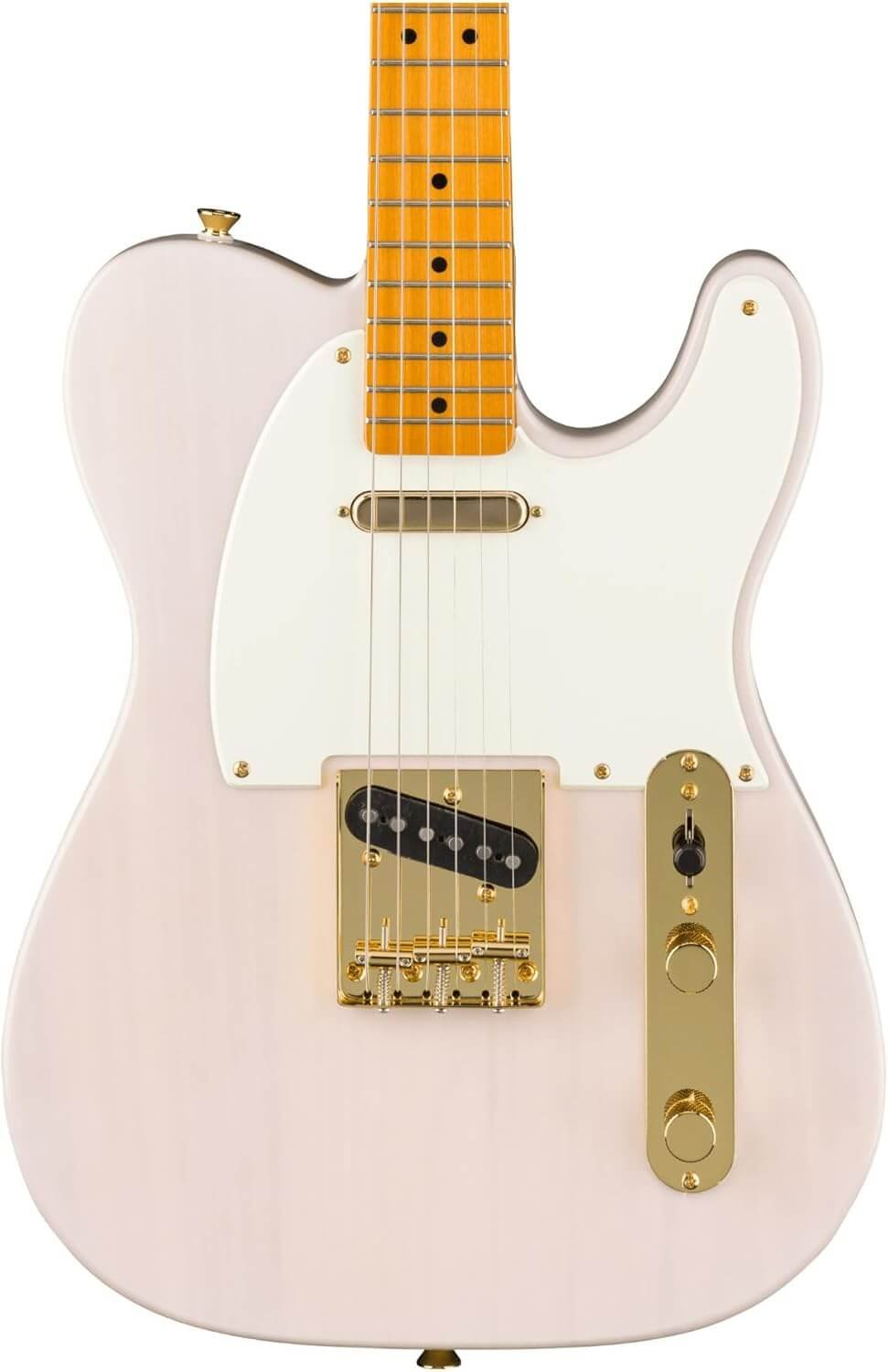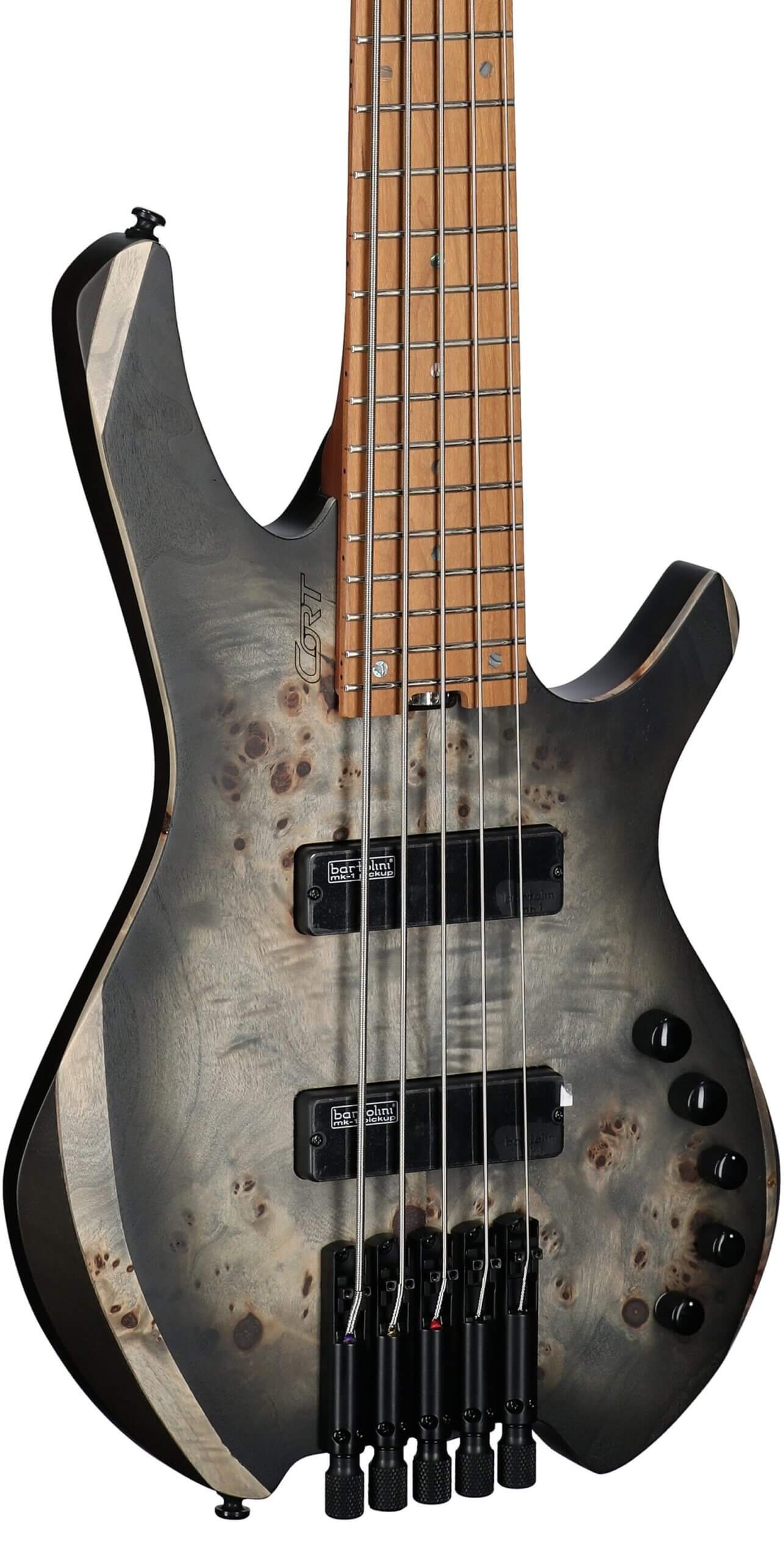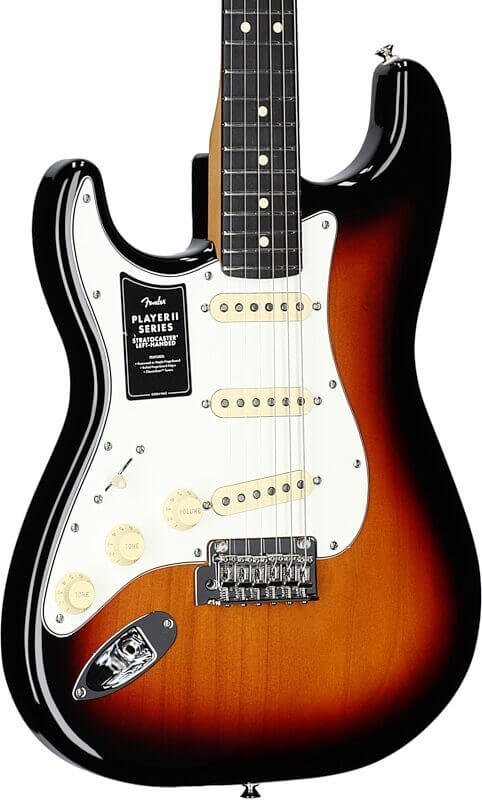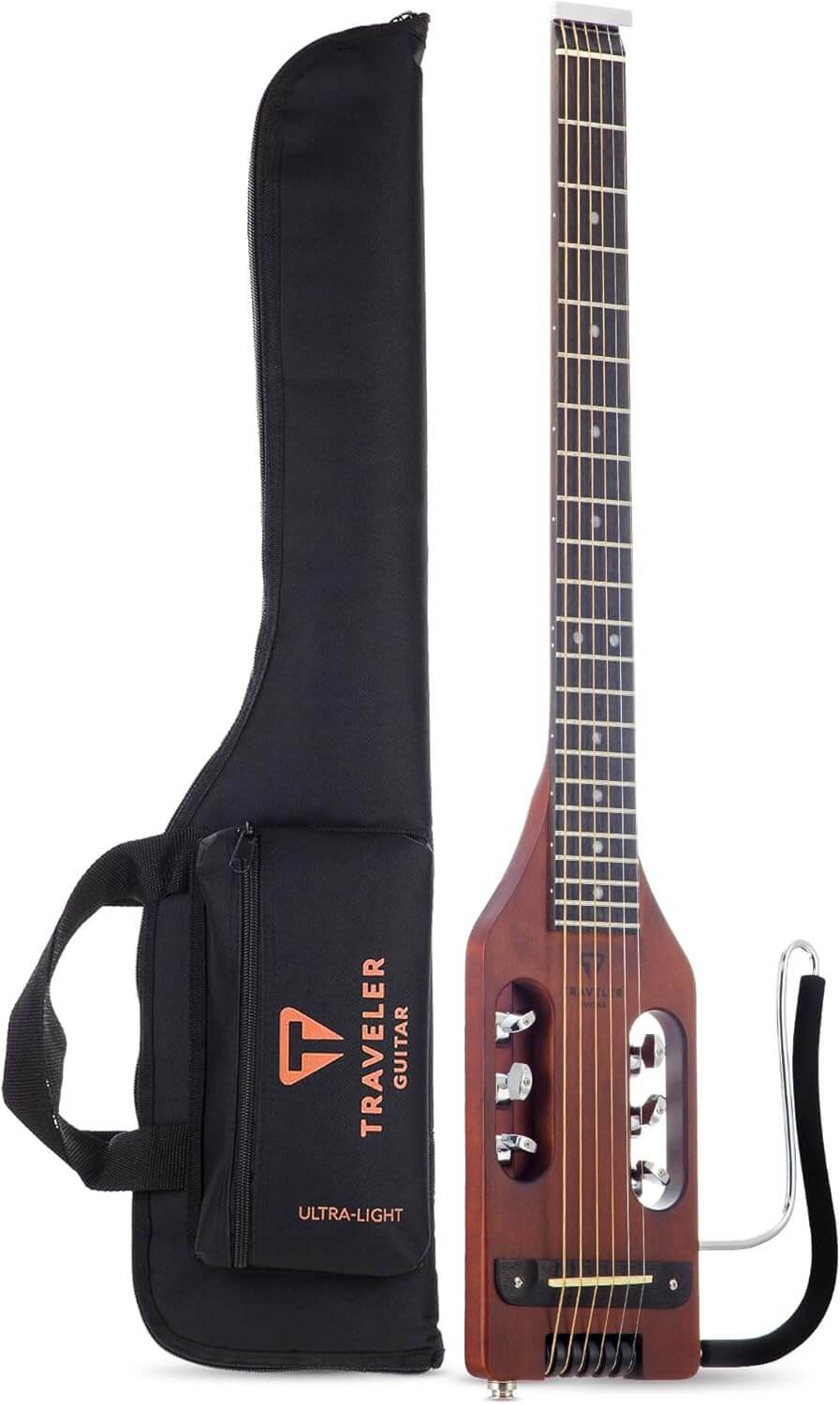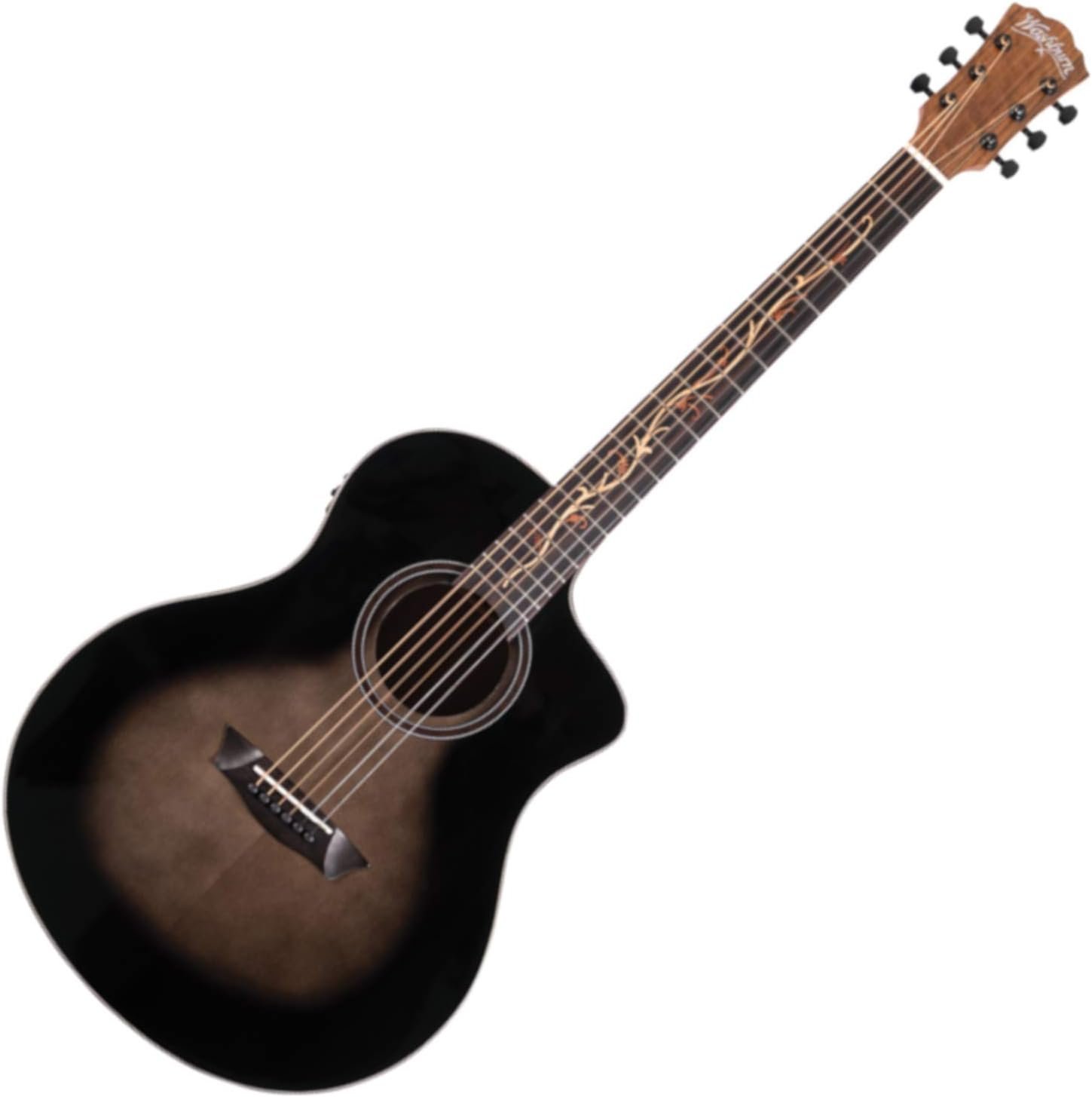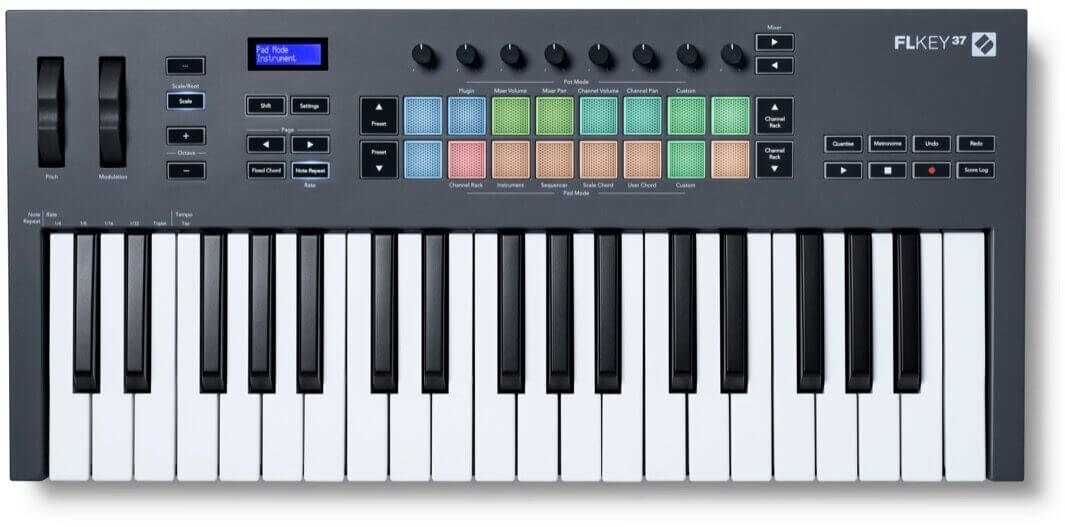Introduction to UHF Wireless Guitar Systems
The evolution of music technology has brought forth significant changes in the way musicians perform and interact with their instruments. One of the pivotal advancements in this domain is the UHF wireless guitar system, which operates on ultra-high frequency bands. These systems utilize specific frequency ranges, typically between 300 MHz to 3 GHz, to transmit audio signals from a guitar to an amplifier or mixing console without the constraints of physical cables.
The primary function of a UHF wireless guitar system is to provide musicians with the freedom to move around on stage or in practice environments without being tethered to their equipment. This wireless capability is especially advantageous during live performances, where stage space can be limited and mobility is crucial for engaging with the audience. Musicians can roam freely, express themselves, and create a more dynamic stage presence.
UHF systems are often favored over other wireless technologies, such as VHF, due to their superior audio quality and reduced susceptibility to interference. The higher frequencies used in UHF transmission allow for clearer sound reproduction, which is essential for conveying the nuances of a guitar’s tone. Additionally, many UHF wireless guitar systems come equipped with advanced features, such as multiple channels and auto-scan functions to easily switch frequencies, ensuring a stable and reliable connection during performances.
In the context of practice sessions, UHF wireless guitar systems eliminate the hassle of tangled cables, allowing musicians to focus entirely on refining their technique. This blend of convenience and quality makes UHF systems an invaluable tool for guitarists seeking to enhance their sound and performance capabilities. As we delve deeper into the specific features and advantages of UHF wireless guitar systems with antennas, it becomes clear why they are integral to modern music-making.
Key Features of the UHF Wireless Guitar System
The UHF wireless guitar system boasts several key features that significantly enhance the user experience for performers. One of the most notable aspects is its impressive operational range of up to 260 feet. This range is not only beneficial for stage performances, allowing guitarists to move freely and engage with their audience, but it also facilitates performance in larger venues, where cable limitations could hinder movement. Consequently, musicians can express themselves more naturally without being tethered to their amplifiers.
Also, the UHF wireless guitar system comes equipped with 32 available channels, providing musicians with a wide array of options to select from. This multitude of channels is particularly useful in environments where multiple wireless systems may be in use, as it helps to eliminate interference and ensures a clear, stable signal. The ability to switch channels with ease allows users to adapt to changing environments, whether it’s a crowded festival or a smaller, intimate setting.
Moreover, the system’s ease of setup is another crucial feature. Many UHF wireless guitar systems are designed for user-friendly operation, allowing musicians to start playing within minutes of unpacking. This efficiency is particularly valuable for artists who frequently perform at different venues, as it saves time during sound checks and helps artists focus more on their performance rather than technical complications.
Finally, the sound quality offered by the UHF wireless guitar system is paramount. With minimal latency and excellent frequency response, this system ensures that the natural tone of the guitar is preserved, allowing performers to deliver an authentic sound to their audience. Collectively, these features highlight the versatility and functionality that a UHF wireless guitar system brings to both amateur and professional musicians alike.
Understanding Dual Volume Control
One of the defining features of a UHF wireless guitar system is its dual volume control, an innovative aspect that significantly enhances a musician’s performance. This functionality allows for independent volume adjustments for both the transmitter and the receiver. By providing this capability, the UHF wireless guitar system empowers musicians to tailor their sound precisely to their needs, ensuring optimal audio quality during live performances or recordings.
The transmitter, which is typically attached to the guitar, sends the audio signal wirelessly to the receiver connected to the amplifier or PA system. With dual volume control, musicians can adjust the volume of the transmitter without affecting the output level of the receiver. This is particularly advantageous when playing in varied venues or when integrating with other sound sources, as it grants guitarists the ability to balance their instrument’s level seamlessly against the background music or vocals. Such flexibility can make a considerable difference in any live performance, where the intricacies of sound can either captivate or detract from the overall experience.
Furthermore, the receiver’s volume control allows performers to adapt the output level further, blending their sound with other instruments. Having two separate controls enables musicians to experiment with different soundscapes, adjusting both the direct guitar sound and its mixing levels with the existing audio setup. Musicians can easily find their sweet spot, ensuring that their sound is always just right, which is essential for maintaining engagement with their audience.
In conclusion, the dual volume control feature of a UHF wireless guitar system elevates a guitarist’s ability to manage their sound, providing independence in volume settings that cater to dynamic performance environments. This ensures that their artistry is effectively communicated, allowing each note and nuance to resonate as intended.
The Benefits of Rechargeable UHF Wireless Guitar Systems
Rechargeable UHF wireless guitar systems offer numerous advantages for musicians seeking to enhance their performance experience. One of the prominent benefits is cost-effectiveness. Traditional battery-operated systems often require frequent battery replacements, which can accumulate significant costs over time. With a rechargeable system, musicians can simply charge their devices overnight or during downtime, allowing for continuous usage without the need for purchasing new batteries regularly. This not only saves money but also ensures that artists can rely on their equipment without fear of running out of power mid-performance.
Furthermore, the environmental impact of opting for rechargeable systems cannot be overlooked. Disposable batteries contribute to environmental pollution when improperly discarded, and their manufacturing process also has a larger carbon footprint. By using a UHF wireless guitar system that utilizes rechargeable batteries, musicians can actively participate in sustainability efforts. This shift towards rechargeable solutions helps reduce waste, making it a responsible choice for eco-conscious artists who wish to minimize their environmental footprint while performing.
Another significant advantage of rechargeable systems is convenience. Musicians no longer need to carry spare batteries, which can be cumbersome and may require additional planning before a gig. The reliability of having a fully charged transmitter and receiver allows musicians to focus on their performance rather than worrying about the state of their power source. Additionally, many modern systems feature indicators that showcase the battery level, further enhancing the ease of use. Overall, the integration of rechargeable technology in UHF wireless guitar systems simplifies the lives of performers, enabling them to invest more time and energy into their craft. As artists transition to these innovative solutions, they can enjoy uninterrupted music-making experiences without the hassles associated with conventional wireless systems.
Why Choose the UHF Wireless Guitar System?
When deliberating on a wireless guitar system, the UHF (Ultra High Frequency) wireless guitar system stands out as a superior choice for musicians seeking reliable performance coupled with exceptional sound quality. This system operates within a frequency range that minimizes interference, ensuring a clearer and more stable audio signal. Unlike other wireless options that may operate on crowded frequencies, the UHF system provides a broader spectrum for transmission, allowing players to perform in various environments without compromising audio fidelity.
One of the most significant advantages of the UHF wireless guitar system is its impressive operational range. Many models on the market allow for a considerable distance between the musician and the receiver, with some reaching up to several hundred feet. This feature is particularly advantageous for performers who value freedom of movement during live gigs or studio sessions. Unlike lower frequency systems, which may experience dropouts or decreased range, UHF technology maintains a robust connection, even in challenging settings.
In addition to its range, the sound quality of UHF systems is often superior, providing a more accurate and dynamic signal transfer. This means that the tonal integrity of the guitar is preserved, allowing musicians to express their skills without the worry of sound degradation. Moreover, UHF wireless guitar systems are designed to be user-friendly, with straightforward setup processes and intuitive controls, making them suitable for musicians of all skill levels. This ease of use encourages players to focus on their performance rather than navigating complex technical setups.
Considering all these factors, it becomes clear why a UHF wireless guitar system is an exceptional investment for modern guitar players looking to elevate their musical experience while enjoying the flexibility that wireless technology offers.
Real-Life Applications for Musicians
Musicians across various genres are continually seeking ways to enhance their performances and simplify their workflow. One significant advancement in technology that has made a substantial impact is the UHF wireless guitar system. This technology offers versatility in multiple settings, including live performances, recording sessions, and practice environments, enabling guitarists to perform with increased freedom and reliability.
During live performances, the UHF wireless guitar system allows musicians to move freely across the stage without being tethered by cables. This freedom can elevate the visual aspect of a performance, creating a more engaging experience for both the performer and the audience. For example, a noted rock band mentioned that switching to a UHF system significantly boosted their stage presence, allowing the lead guitarist to interact more dynamically with the crowd. These moments of connection often lead to memorable experiences that enhance the overall performance.
In recording sessions, a UHF wireless guitar system can streamline the process by eliminating the clutter of cables. Musicians can move around the studio and experiment with different setups without fear of tripping over wires or being limited by physical connections. One musician shared that using the UHF system during a recording led to a more spontaneous and relaxed atmosphere, allowing the creativity to flow more freely and enabling them to capture authentic, spontaneous moments in their music.
Moreover, when it comes to practice environments, a UHF wireless guitar system promotes a more comfortable and dynamic practice regimen. Musicians can set up their practice spaces in innovative ways, unencumbered by direct connections to amplifiers. This flexibility can spur creativity and encourage users to explore new sounds. A jazz guitarist reported that incorporating this system into their practice routine resulted in increased exploration of different techniques and styles, significantly enhancing their skills.
Through these varied real-life applications, it is evident that the UHF wireless guitar system is not merely a luxury but a valuable tool that can significantly enhance the experiences of musicians in diverse settings.
Installation and Setup Tips
Setting up a UHF wireless guitar system can seem daunting to first-time users, but by following these straightforward steps, you can achieve a seamless experience. Begin by ensuring that your guitar and the wireless receiver are both fully charged or plugged in, as most UHF systems rely on battery power.
First, connect the receiver to your amplifier using a 1/4-inch instrument cable. Most UHF wireless guitar systems feature a standard output jack, allowing for a direct connection. Place the receiver in a position that minimizes obstacles, such as walls, to optimize radio signal transmission.
Next, attach the transmitter to your guitar. Ensure that it is securely fastened to avoid any interruptions during your performance. Turn on both the transmitter and receiver and set them to the same frequency. This is a crucial step to facilitate communication between the two devices. Most modern UHF systems come equipped with an automatic frequency scanning feature, which can help you easily find an open channel. If you encounter frequency interference, refer to your device’s manual for guidance on changing frequencies.
To enhance your setup, consider the antenna’s orientation and positioning. Ideally, the antenna should be vertical to maximize signal clarity. Once everything is powered on and set to the correct frequency, strum your guitar to test the signal. If you experience any dropouts or interruptions, ensure that there are no excessive obstacles and that both units are within a reasonable distance of each other. Signal interference can also stem from other electronic devices nearby, so keep an eye on your surroundings.
If you face persistent issues during the setup of your UHF wireless guitar system, consult the troubleshooting section of the user manual or seek advice from experienced players in online forums. Following these installation steps will ensure that you enjoy a hassle-free experience the next time you plug in and play your guitar wirelessly.
User Reviews and Testimonials
The UHF wireless guitar system has garnered a multitude of reviews from musicians integrating it into their performances and practices. Many players have praised its reliability and clarity, noting that it provides a seamless connection without the hassle of cables. One guitarist remarked, “Using the UHF system has completely transformed how I perform live. I can move freely across the stage without worrying about tripping over wires, and the sound quality is unmatched.” This sentiment is echoed by numerous users who appreciate the extended range and reduced latency typically associated with UHF systems.
Feedback on the audio quality of the UHF wireless guitar system is overwhelmingly positive. Musicians have reported that the signal remains crisp and clear, even at considerable distances from their receiving equipment. A professional guitarist shared, “I had tried other wireless systems before, but the audio degradation was always a concern. With this UHF system, my tone remains intact, and I can focus on my performance without worrying about sound issues.” Reviews indicate that this clarity helps performers maintain their unique sound when using effects pedals or amplifiers.
Durability is another feature frequently highlighted in user testimonials. Many musicians, especially those who tour frequently, noted that the UHF wireless guitar system stands up to the rigors of constant transport and varied environments. A touring artist commented, “I’ve put this system through the ringer on multiple tours, and it has held up exceptionally well. It’s reassuring to know that I can rely on my equipment to perform night after night.” These experiences illustrate not only the function and performance of the system but also its suitability for diverse musical applications.
Overall, the user reviews and testimonials surrounding the UHF wireless guitar system provide valuable insights into its effectiveness and reliability. This feedback builds confidence for aspiring buyers who may be considering making an investment in their musical equipment.
Where to Buy and Final Thoughts
When considering the purchase of a UHF wireless guitar system, it is essential to know where to find reliable and reputable sources. Various retailers offer a wide range of options, including both brick-and-mortar stores and online platforms. Local music stores often stock UHF systems and provide the advantage of trying before buying. Moreover, knowledgeable staff can assist in selecting a model that fits specific needs. Checking for reviews and product demonstrations can also help in making a well-informed decision.
For online shopping, platforms like Amazon, Guitar Center, Sweetwater, and Thomann offer extensive selections, often accompanied by user reviews and detailed product descriptions. These online retailers frequently run promotions and discounts, making it easier to find quality equipment at competitive prices. Additionally, purchasing from manufacturers’ websites can provide access to exclusive products and bundles, ensuring that musicians have the latest technology at their fingertips.
In this blog post, we have examined the numerous benefits of investing in a UHF wireless guitar system. From the freedom of movement it offers during performances to its minimal interference and superior sound quality, this technology is a worthwhile addition to any guitarist’s repertoire. The sections discussed highlight how this system enhances both practice and live performance experiences, making it an essential tool for musicians looking to elevate their sound.
Ultimately, transitioning to a UHF wireless guitar system is a decision that can significantly enhance your musical journey. By utilizing the information provided in this article, readers are encouraged to explore their options and invest in a system that best suits their needs. By doing so, they take an important step towards achieving greater musical expression and enjoyment.

